 |
 |
 |
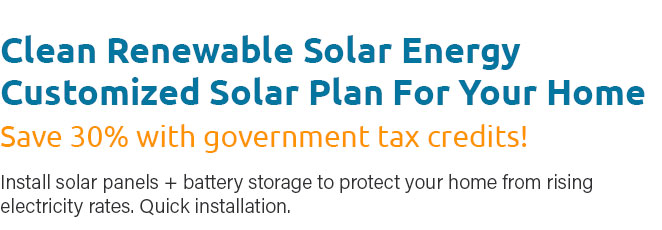 |
 |
 |
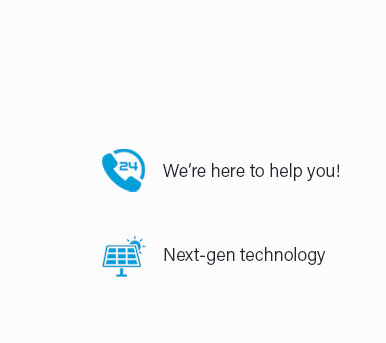 |
 |
 |
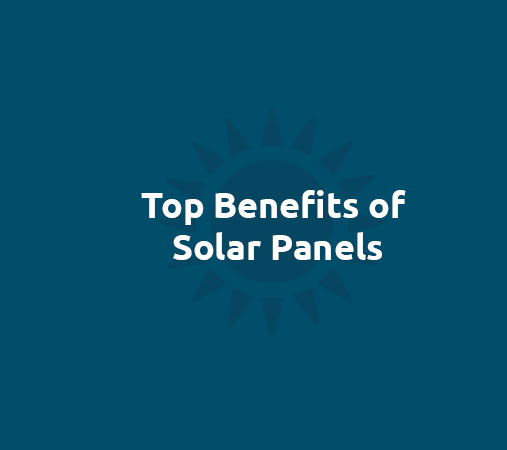 |
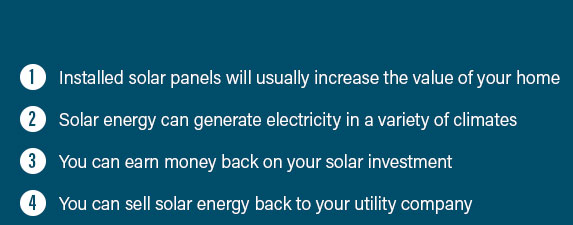 |
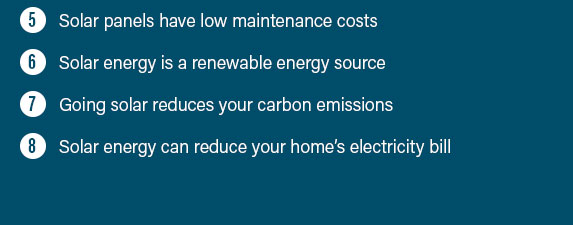 |
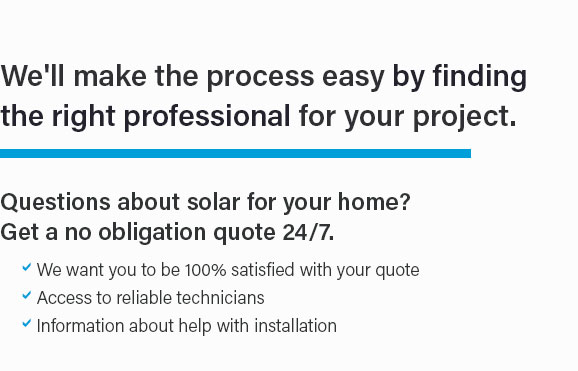 |
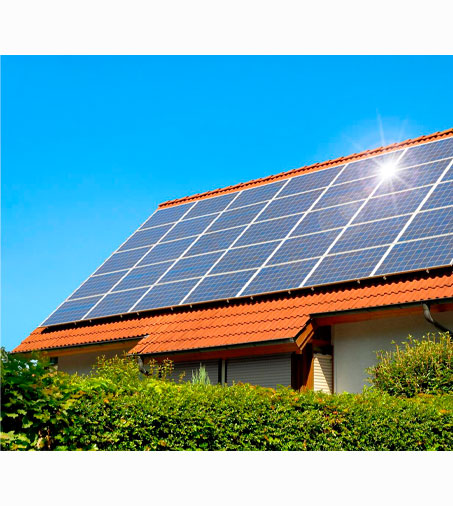 |
|
 |
 |
 |
The Cost of Solar Panel Installation: A Comprehensive GuideIn recent years, the allure of solar energy has grown exponentially as homeowners and businesses seek sustainable alternatives to traditional energy sources. However, when contemplating the transition to solar power, one of the most critical considerations is the cost of installation. This article delves into the various factors influencing these costs, providing a nuanced understanding for those contemplating this eco-friendly investment. Firstly, it is essential to recognize that the initial investment in solar panels can be significant, but it is crucial to weigh this against the potential long-term savings on energy bills. The price of installation is determined by several elements, including the type and number of panels required, the complexity of the installation process, and geographical location. Moreover, government incentives and tax credits can substantially reduce the initial outlay, making solar energy more accessible to a broader demographic. When considering solar panel installation, quality and efficiency should not be overlooked. While cheaper panels may seem attractive at first glance, investing in high-quality, efficient panels can result in greater savings over time. These panels tend to have longer warranties and higher energy output, ensuring a more reliable and productive energy source.
Another crucial consideration is the return on investment (ROI). Solar panels can significantly reduce electricity bills, with many homeowners experiencing up to a 90% decrease in energy costs. Over time, the savings on utility bills can offset the initial installation cost, making solar panels a financially sound choice. Additionally, the environmental benefits of solar energy cannot be overstated. By reducing reliance on fossil fuels, solar panels contribute to a decrease in carbon emissions, playing a vital role in combatting climate change. This makes them an attractive option not only for cost-conscious individuals but also for those passionate about environmental sustainability. In conclusion, while the cost of solar panel installation can be daunting, careful consideration of the factors mentioned above can help prospective buyers make informed decisions. By prioritizing quality and efficiency, taking advantage of government incentives, and understanding the unique characteristics of your property, investing in solar panels can be a prudent financial decision with long-lasting benefits. As the world moves towards greener energy solutions, embracing solar technology represents both a commitment to the environment and a strategic financial investment. https://www.homedepot.com/services/c/cost-install-solar-panels/3e382af82
Solar power systems are very custom based on the home, roof type, shading, and utility. Installation of panels for the average 5kW system ranges from ... https://www.tesla.com/support/energy/solar-panels/learn/how-much-does-solar-cost
Hardware costs include the actual equipment that make up a solar panel system: panels, solar inverters, mounting hardware, wiring and potentially, home ... https://sistinesolar.com/residential-solar-panels-cost/
The cost of a residential solar energy system, including solar panel installation costs, typically ranges from $15000 to $25000, or $3-$5 per watt.
|